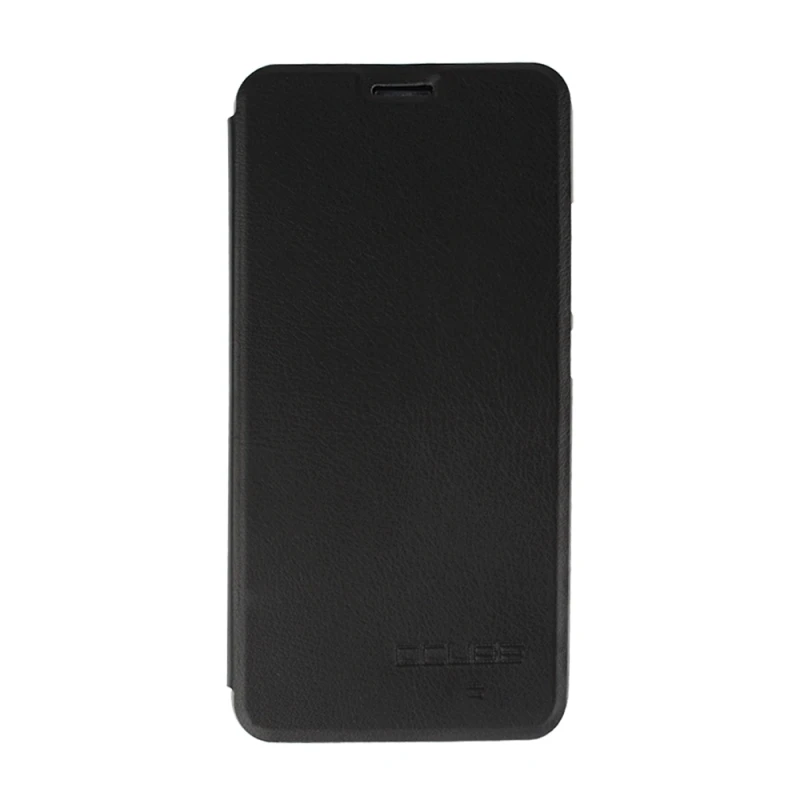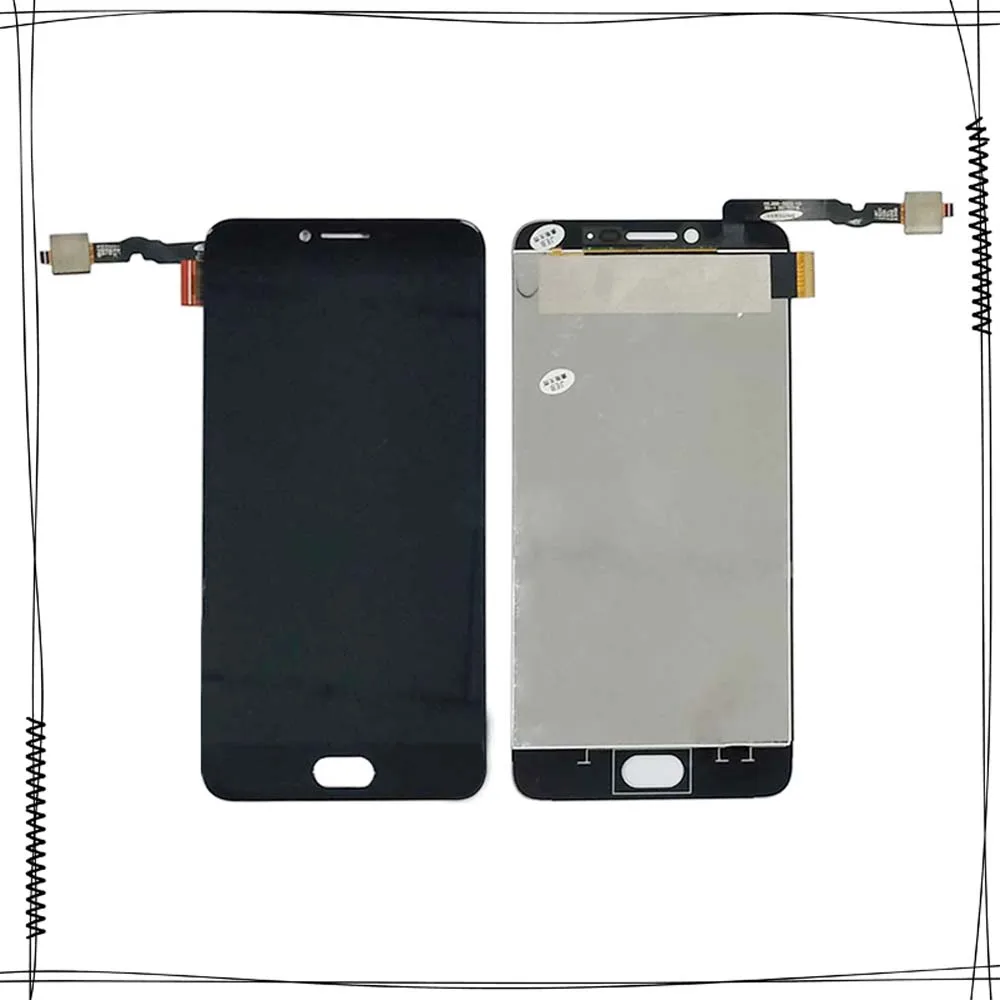

Together with Erna Pirous, the wife of A.D. Umi Dachlan was among the 2nd generation Indonesian women artists, which sprung up during the 1960s. Wendy Sorensen was the wife of an important architect in Indonesian history, Abel Sorensen, who was appointed by President Sukarno to design the Hotel Indonesia for the 4th Asian Games in 1960. In the same year, she also received the Hadiah Memorial Wendy Sorensen award for Best Painting. Within one year after graduating from college, she was appointed a lecturer at the Faculty of Fine Arts, ITB.
#Umi note c archive
After graduating, she painted several mural-drawing commissions for various institutions, such as the Pertamina Dumai Office, the Archive of the Indonesian Armed Forces in Bandung, and at the Indonesian Parliament building MPR/DPR in Jakarta, where she supported the installation of her teacher Ahmad Sadali together with several other students. During college, she often worked as a co-designer/designer in a group in the field of fine arts. Umi Dachlan completed her studies at the Bandung Institute of Technology ITB in 1968. She was respected and well-liked by many colleagues such as Heyi Ma'mun, Sam Bimbo, Seriawan Sabana and Sunaryo. Pirous, Mochtar Apin, Popo Iskandar, Srihadi and Yusuf Affendi. Umi's artistic career began with a study of the principles and techniques of artists and art lecturers at ITB, Ahmad Sadali. Her body was buried in the Jabangbayi Public Cemetery in Kesambi, Cirebon. Umi Dachlan was not married, and she died at the of age 66 years on 1 January 2009 in her house in Bandung. Her house symbolized her two greatest pleasures, nature and music, especially Jazz, which were crucial to her artistic work. The house was finished in 1997 with furnitures designed by Farouk Kamal, a post-modern Indonesian furniture designer and a classmate of Buchori at the ITB. The fellow artist and interior designer Professor Imam Buchori Zainuddin, who also worked at the ITB, designed her house environmentally friendly, creating light and open spaces while using natural materials. Since 1997, she lived in her dream home at the Tamansari Road just in front of the Design Institute in Bandung, where she received her close friends and family. The personality of Umi Dachlan is described as nurturing, firm and genuine by her friends and colleagues. The two major Indonesian art schools were the Indonesian Institute of the Arts, Yogyakarta (formerly named ASRI) and the Design Faculty of the ITB in Bandung (FSRD), where she enrolled in 1962. While her mother wanted her to pursue a legal career, Umi Dachlan followed her love of the arts. These performances exposed her to various arts right from her childhood, where she showed her talent for painting, especially her love of drawing. The family home had a large courtyard, which was often used for traditional Cirebonese performances, such as traditional Topeng mask dances, Barong Kepet magic shows, and Martial Arts practices, which fascinated Umi in particular. This made life especially hard during the end of the World War II with the Japanese occupation and the Proclamation of Indonesian Independence in 1945, and the end of the Dutch occupation of the Dutch East Indies in 1949.

Cirebon was the base for the Japanese power in West Jawa, and also a center of resistance.

Her mother, Rogayah struggled to raise and educate her children in the difficult time during the Japanese occupation of the Dutch East Indies. Her father, Muchamad Dachlan, was a devout Muslim and businessman, who died when Umi was only seven years old. Umi Dachlan was born on 13 August 1942 in Cirebon as the ninth of ten children.


 0 kommentar(er)
0 kommentar(er)
